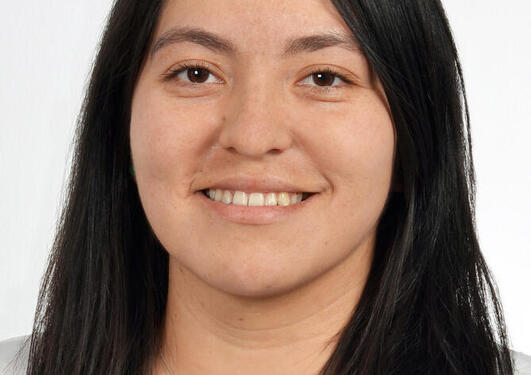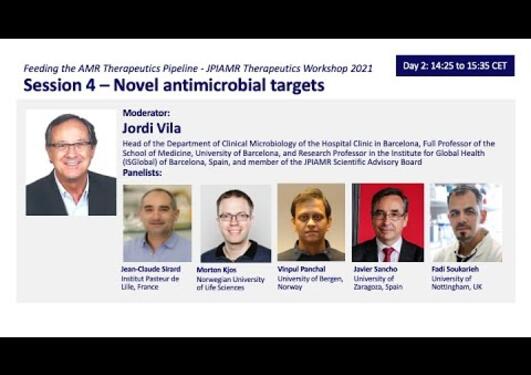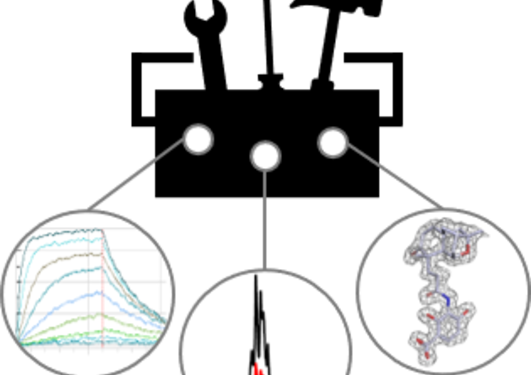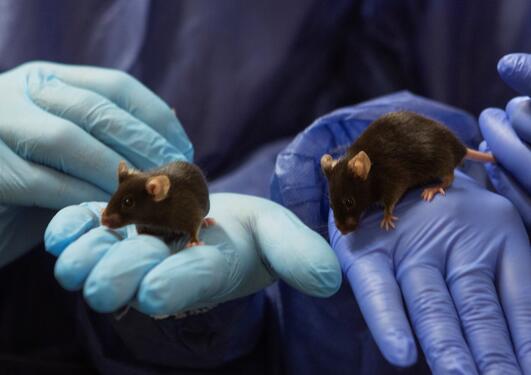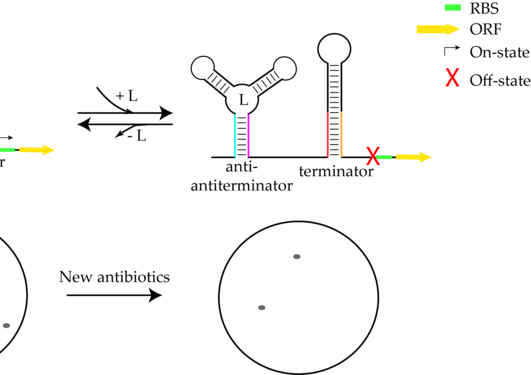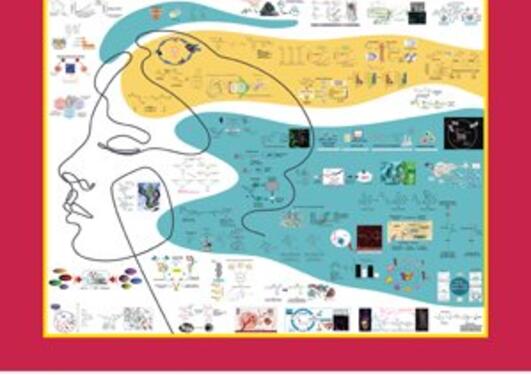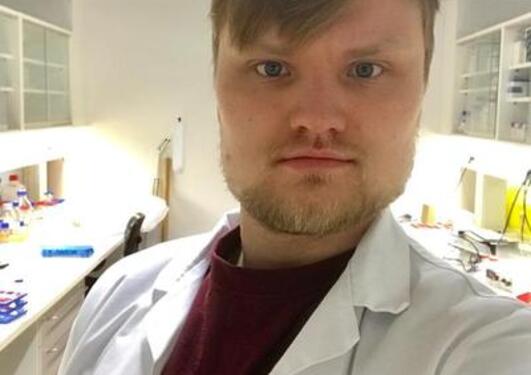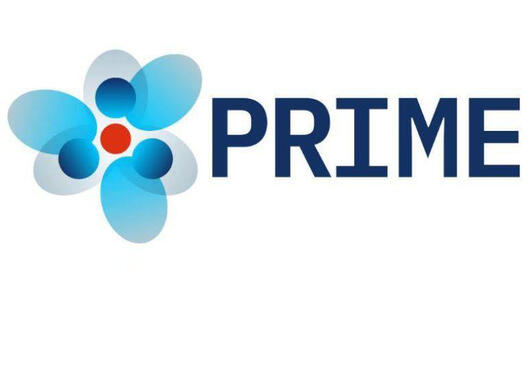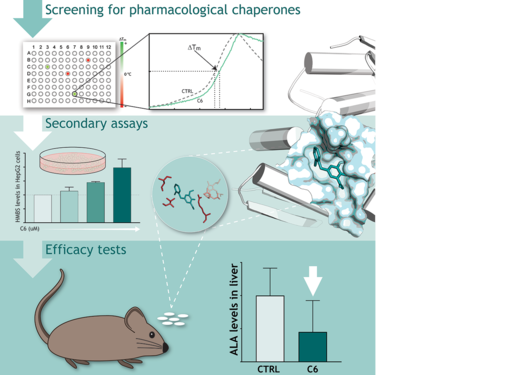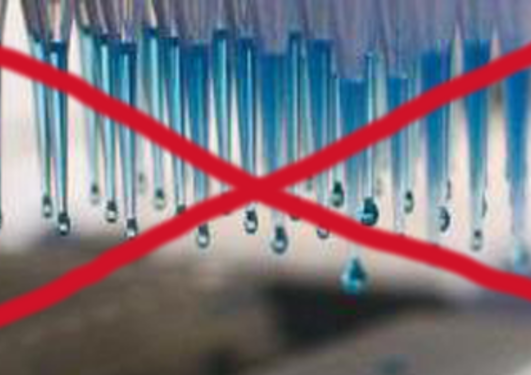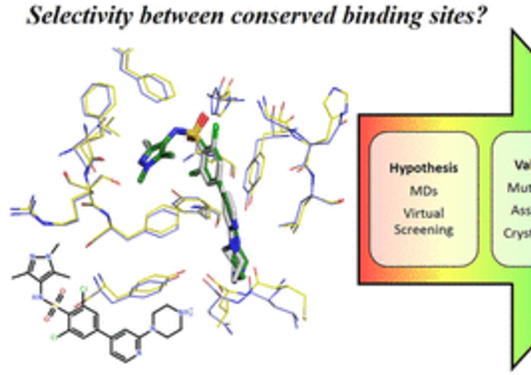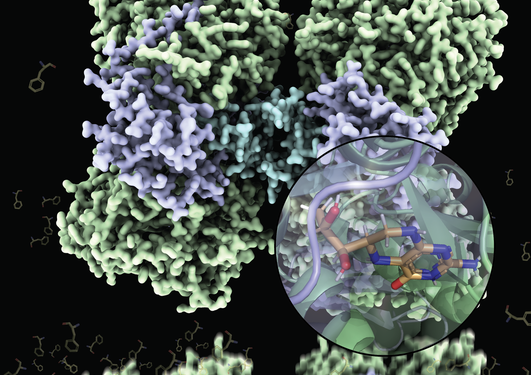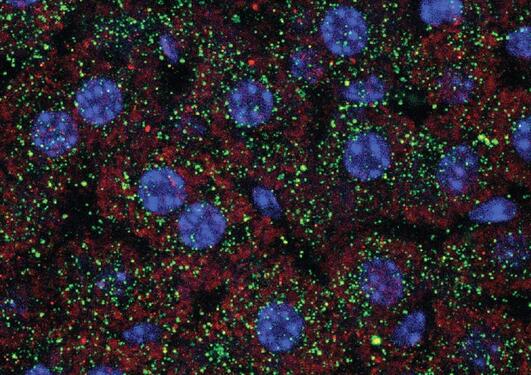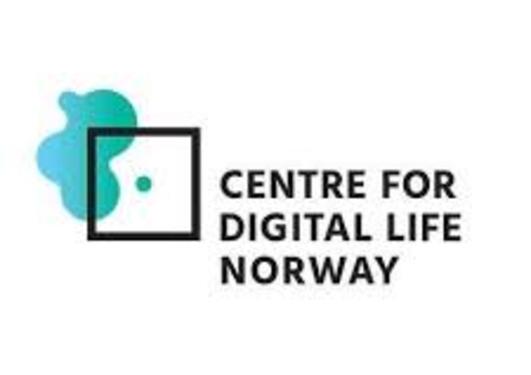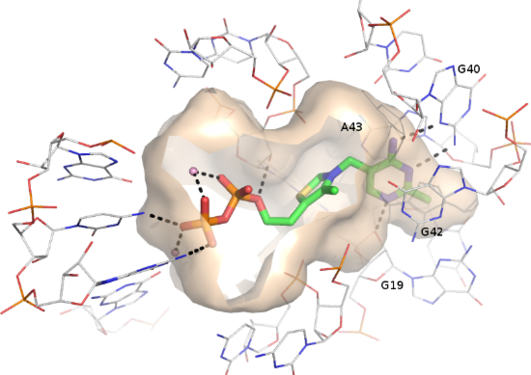News archive for Biorecognition
On September 17th, we celebrated our first PhD from the UiB, Dr. Andrea Johana Lopez Moreno.
Read about druggabily predictions for RNA targets, the current state of fragment-based drug discovery for RNA, and an experimental toolbox to push drug discovery for antibiotics.
Vipul has presented an update of our JPIAMR EXPLOR project on a recent JPIAMR workshop (25:55 to 38:02)
An Experimental Toolbox for Structure-Based Hit Discovery for P. Aeruginosa FabF, a Promising Target for Antibiotics
A new study from the University in Bergen may shed light on the comorbidities found in adults suffering from this rare disease.
Researchers at the Department of Biomedicine focus on large RNA structures in bacteria as a target for new antibiotics. Read the latest review article on riboswitches.
The Biorecognition Unit wants to wish everyone a Merry Christmas and a Happy New Year! :-)
Congratulations to Illimar who got the price for the second best oral presentation at the 34. Molecular Modeling Workshop 2020 in Erlangen.
Well done!
An important European-funded initiative has been launched to explore how common molecular mechanisms may link metabolic disorders, especially type 2 diabetes and obesity, with brain disorders such as Alzheimer's disease, obsessive-compulsive disorder, and autism spectrum disorders. Jan Haavik and Aurora Martinez from the Department of Biomedicine are the norwegian participants.
Martinez and collaborators are developing a pharmacological chaperone therapy for acute intermittent porphyria
The Nor-Openscreen application for this year's infrastructure call scored the highest possible marks in all categories! To quote from the reviewer comments: "This is an excellent proposal to enlarge and update existing infrastructure and services in chemical biology in Norway". Despite the very favorable evaluation, the proposal was not funded. This means, there will unfortunately be no new... Read more
Our new paper on entangling selectivity determining features and on how to use this knowledge to design selective ligands has been published in J Med Chem!
The structure of full-length phenylalanine hydroxylase in complex with the cofactor BH4 is presented in the most recent issue of PNAS. As the cofactor is also used as a therapy for PKU, this structure is of medical importance.
Researchers from the lab of Aurora Martinez describe a novel mechanism for the degradation of enzymes involved in phenylketonuria and other neurometabolic disorders.
Together with Nathalie Reuter and Bengt-Erik Haug from the Chemistry Department and Alexander Lundervold from the Høgskulen på Vestlandet (HVL) we got funding for the project «Towards better computational approaches and responsible innovation strategies in early drug discovery: application to antibiotics and COPD» under the Centre for Digital Life umbrella. In this project, we are aiming toward... Read more
Our EXPLORE network application aiming at targeting the TPP riboswitch for hit discovery for new antibiotics will receive funding from JPI-AMR! Other partners in the network are Daniel Lafontaine (Université de Sherbrooke, Canada), Matthias Mack (Mannheim University of Applied Sciences, Germany), Petr Bartunek (CZ-OPENSCREEN, Czech Republic), Bengt Erik Haug (University of Bergen Norway) and... Read more
Pages
- March 2025 (1)
- August 2023 (1)
- July 2023 (1)
- March 2023 (4)
- February 2023 (1)
- December 2022 (3)
- November 2022 (1)
- October 2022 (5)
- September 2022 (2)
- June 2022 (1)
- May 2022 (4)
- April 2022 (3)
- March 2022 (7)
- November 2021 (3)
- August 2021 (1)
- June 2021 (1)
- May 2021 (1)
- April 2021 (1)
- January 2021 (1)
- December 2020 (1)
- March 2020 (2)
- February 2020 (1)
- January 2020 (1)
- December 2019 (1)
- September 2019 (1)
- August 2019 (1)
- May 2019 (1)
- April 2019 (1)
- December 2018 (1)
- October 2018 (1)
- October 2017 (1)
- March 2017 (1)
- December 2016 (1)
- November 2016 (1)
- September 2016 (1)
- August 2016 (3)
- June 2015 (1)
- January 2014 (1)
- November 2013 (1)
- October 2013 (2)
- June 2013 (1)
- September 2012 (1)
- March 2012 (1)
- November 2011 (1)
- October 2011 (1)
- April 2011 (1)
- December 2010 (1)
- January 2009 (1)
